LOS ALAMITOS, CA — Extremely rare Hurricane Hilary, downgraded to a tropical storm, arrived in California last weekend and dumped about 2.55 inches of rain on Los Alamitos, according to the Weather Channel. Hilary was unanticipated by most Californians and grew quite concerning for the state.
The storm brought wind speeds between 35-75 miles per hour to the state. A flash flood warning was in effect for the area on Sunday until 7:45 p.m. and prevented many locals from performing everyday activities. The storm produced heavy rainfall and flooding as well as gusty winds across the Western U.S. During the climax of the storm on Sunday, a magnitude 2.5 earthquake four miles from Fontana, CA affected Los Alamitos, surrounding areas, and parts of Mexico.
Many Californians prepared ahead of time for any potential disasters they believed could have occurred.
“[I went] to the grocery store, did all the laundry in the house, [and] made sure that there was water [on Saturday],” said Mrs. Ledterman, Los Al’s wellness counselor.
The rare event became concerning for many individuals, as local shoppers were seen “buying tons of water,” as Mrs. Ledterman noted, in preparation. This was the first time that the National Hurricane Center issued a tropical storm warning for Southern California, shocking millions of California residents who have never experienced anything of the sort.
History of Hurricanes and Tropical Storms in California
To understand the concern from Hilary, looking at the slim known history of hurricanes and tropical storms in California is critical.
The 1939 Long Beach Tropical Storm
Southern California hasn’t had a tropical storm since September 1939, when the storm called El Cordonazo became the first and only tropical storm to fall on California in the 20th century. The storm caused extreme flooding that largely impacted homes and vehicles.
Forty-five individuals were lost at sea and property damage was estimated to be $2 million, according to NOAA.
The San Diego Hurricane of 1858
The only known hurricane to ever hit California arrived on Oct. 25, 1858. It was reported to have happened at about 11 a.m. until 5 p.m. and brought furious winds with a strong downpour. The winds were detailed to be so vigorous that the air was filled with dust, making it nearly impossible to see across areas of town. The storm also made it difficult for pedestrians to walk the streets.
The Category One hurricane brought significant destruction to houses and businesses in the area, unforeseen by most Californians at the time.
“The damage to property was considerable; houses were unroofed and blown down, trees uprooted, and fences destroyed. It is said to have been the severest gale ever witnessed in San Diego,” says the San Diego Herald.
Should California public schools teach hurricane preparation?
Since the majority of students were likely unaware of what to expect from a hurricane, many wonder if hurricane preparation information should be taught in public schools in California.
The state has seen a decline in population by about 500,000 individuals for three consecutive years, according to the U.S. census. Studies also show that four in ten residents born in California are considering leaving the state and a majority of them are moving east, where hurricanes are significantly more likely to occur.
Because a large amount of Los Al students are choosing to go out-of-state for college, understanding hurricanes and storm preparation could be important for future occurrences. Some students are even saying that hurricane information could be added when discussing earthquake preparation in schools, as the necessities are about the same. Ensuring that all students are familiar with natural disasters can only be more helpful and valuable once out of high school.
Should California expect more tropical storms in the future?
Because of the cooler waters in the Pacific, it’s usually harder for hurricanes to hit the West Coast since tropical storms draw their energy from warm waters.
“This summer we are in El Nino conditions, so our pacific surface ocean temperatures are higher than average. This allowed more energy for the storm to travel further north,” Mrs. Helm, Los Al’s AP Environmental Science teacher said. Hurricane Hilary was able to move to California due to these conditions. Global warming from greenhouse gas emissions also contribute to the already higher ocean temperatures. Some experts are saying that California could possibly have an increase in tropical storms due to climate change.
“As ocean temperatures continue to rise globally, this provides added energy which can fuel more frequent and stronger storms,” Mrs. Helm told the Griffin Gazette.
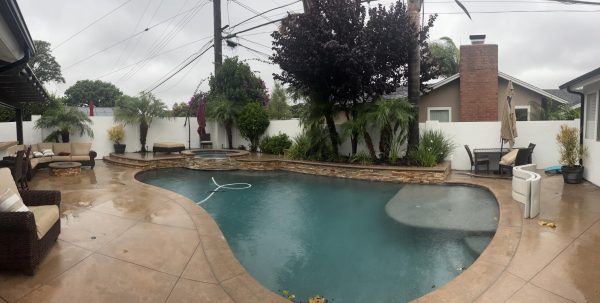
The impact on students at Los Alamitos High School
Leading up to Hurricane Hilary, students were unsure of the effect that it would have on the school’s campus. Some students’ main concern was if school would be in session on Monday. Most students were questioning their return to campus due to social media posts highlighting that the Los Angeles Unified School District would be taking the day off.
Because Los Alamitos only received 2.55 inches of rain, there was no need for closure. However, if the storm had hit us harder, this would have posed a major problem for students.
“Our school has many areas that are prone to flooding, this may render areas of campus unusable for several days,” Mrs. Helm noted. Students realized throughout the day on Sunday that the hurricane was not as severe in their area as it was originally presented.
“The hurricane didn’t affect me, and I think most people expected a really severe storm. However, I did feel the earthquake and was surprised when it happened,” Milly Verdugo, a Los Al senior, shared. For many students, the storm became almost disconcerting. A lot of them were looking forward to the first tropical storm in California since 1939 and were disappointed when it turned out to mimic many rainy days previously experienced throughout the year.
“It felt really inconsequential… [my family] thought [Hilary] was a bit pathetic,” one student said. The following Monday after the storm, the Los Alamitos Unified School District resumed classes and students were able to carry out their school days as normal.


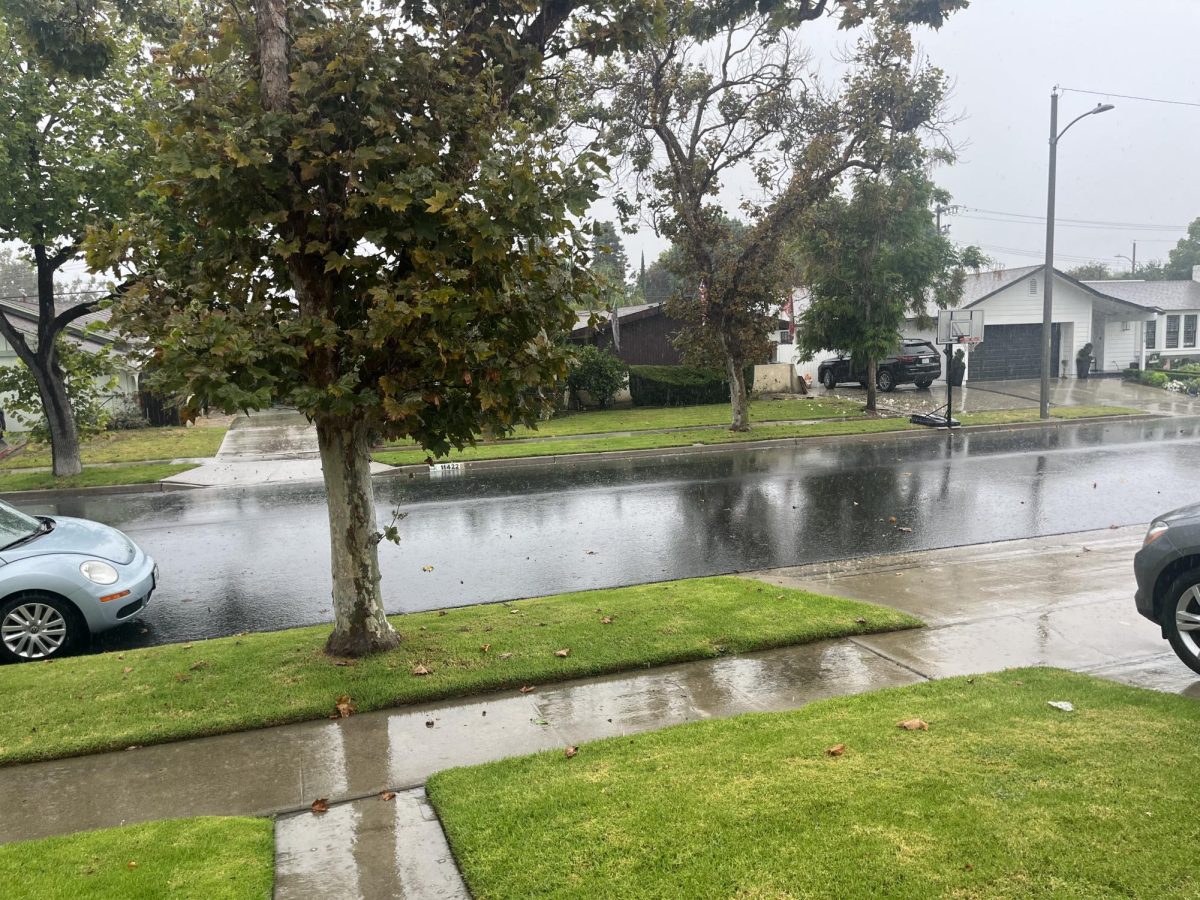

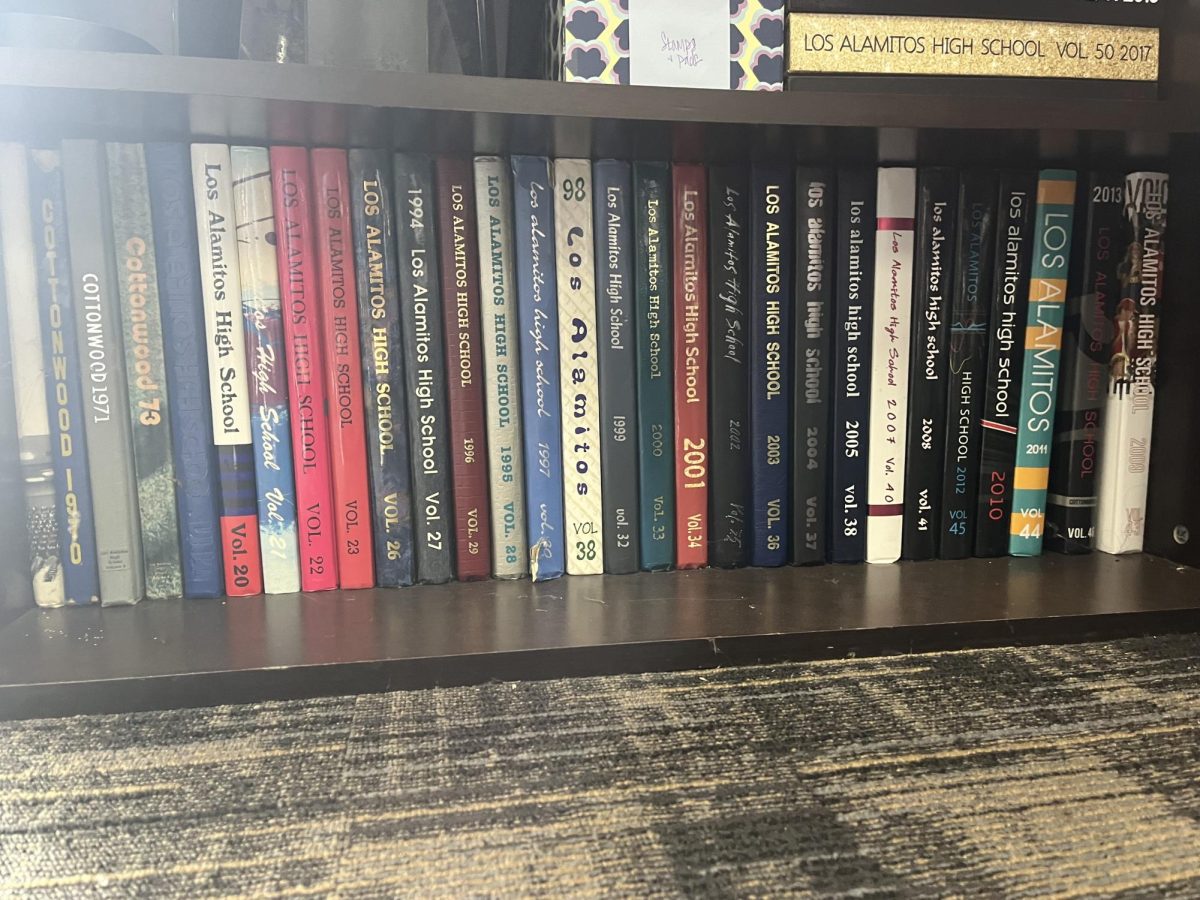







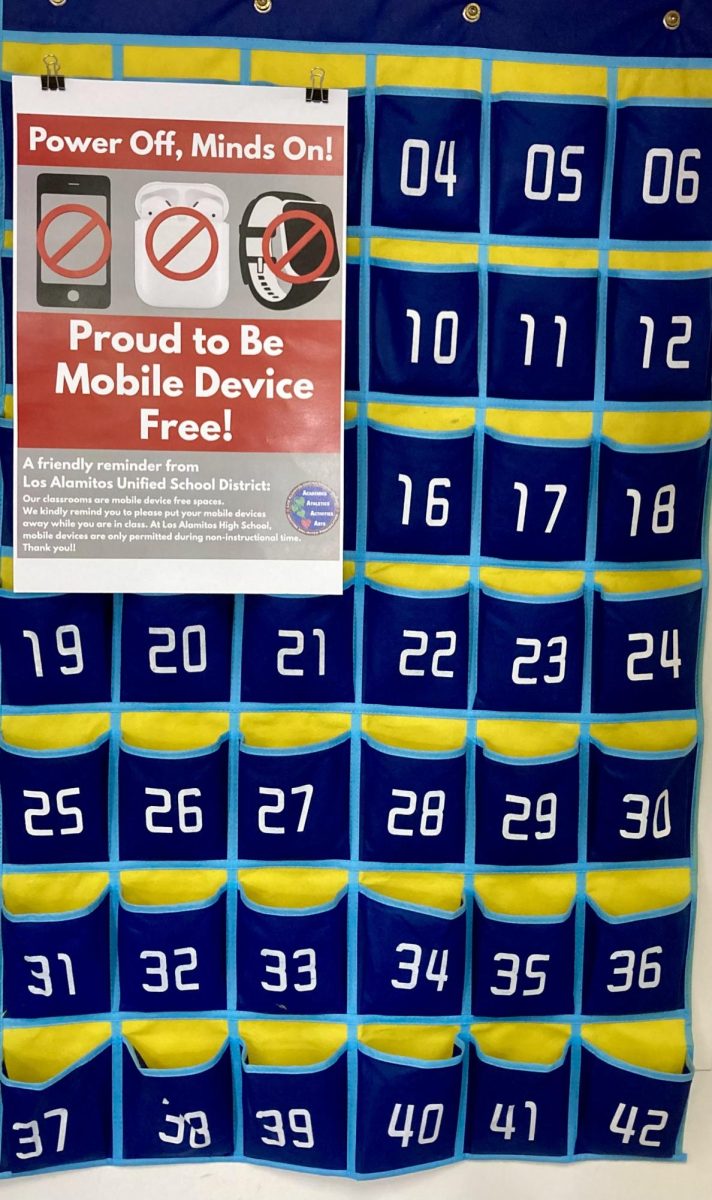
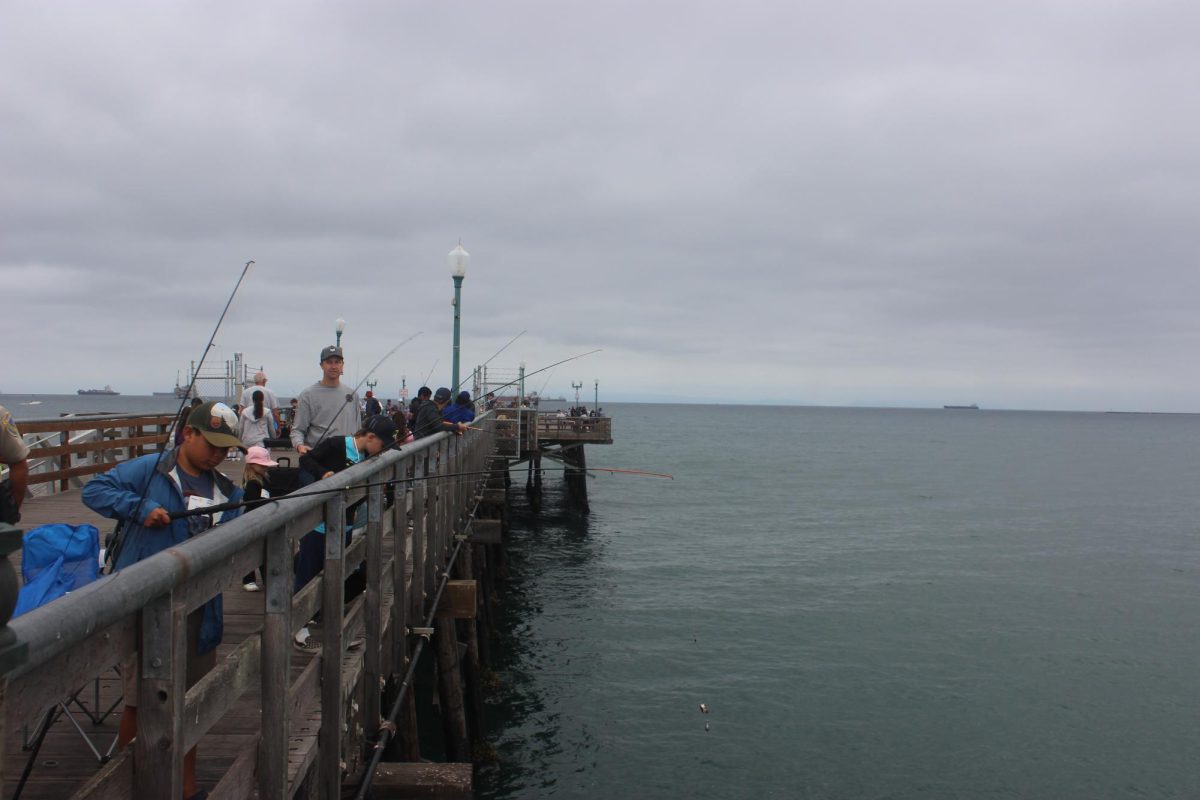



Jonas C • Aug 31, 2023 at 10:50 am
There is a lot of great info here! The formatting is also very engaging and easy to understand. Great work!